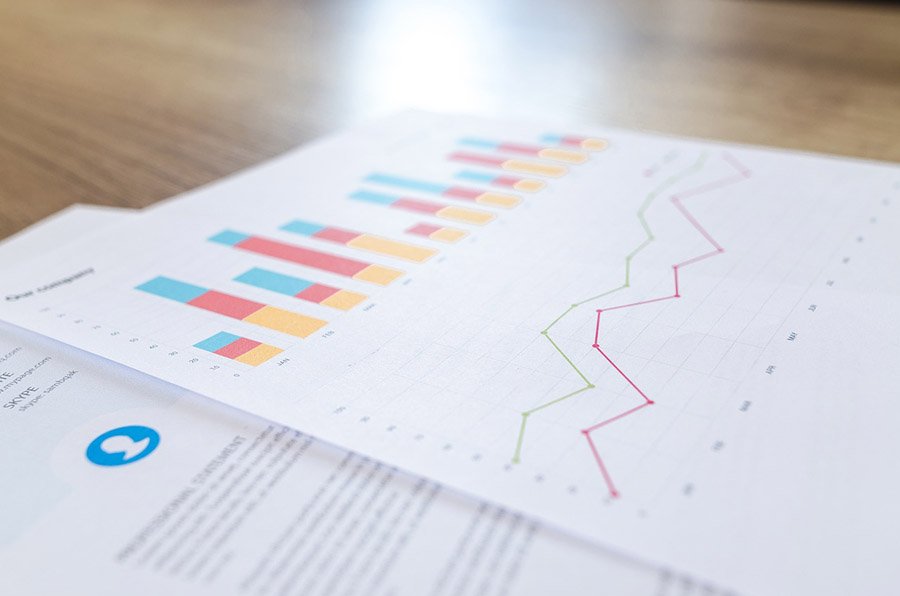In the world of statistics, two foundational concepts that every student and professional must understand are “parameter” and “statistic.” These terms, though often used interchangeably by those outside the field, have distinct definitions and play specific roles in statistical analysis.
Parameters describe entire populations, while statistics summarize data from samples of these populations. The distinction between a parameter and a statistic is crucial for accurate data analysis, hypothesis testing, and the interpretation of results, making it essential for researchers, analysts, and statisticians to comprehend and apply these concepts correctly.
Definition and Examples of Parameters
A parameter is a fixed value that accurately describes a characteristic of an entire population. In statistical terms, a population represents the complete set of data or characteristics that one wishes to study.
Parameters are theoretical constructs that we usually cannot measure directly because they pertain to an entire population. Thus, they are often estimated through the use of statistics.
Characteristics of parameters include their fixed nature; they do not change unless the population itself changes. Parameters are also comprehensive, meaning they reflect every element of the population without bias.
Examples of parameters include:
- Population mean (μ): The average value of a population data set.
- Population variance (σ²): Measures how much the values in the population vary from the mean.
- Population proportion (P): The proportion of the population that exhibits a particular attribute.
Definition and Examples of Statistics
Conversely, a statistic is a value calculated from a sample, which is a subset of the population data. Statistics are practical tools used to estimate the parameters of a population. They vary from sample to sample, reflecting the randomness and variability of sampling.
Characteristics of statistics include their variability; because they are derived from samples, their values can change depending on which elements are included in the sample. They are empirical, meaning they are based on observed data, not theoretical parameters.
Examples of statistics include:
- Sample mean (x̄): The average value of a sample data set.
- Sample standard deviation (s): Measures how much the values in the sample deviate from the sample mean.
- Sample proportion (p): The proportion of the sample that exhibits a particular attribute.
By understanding and correctly using the concepts of parameters and statistics, professionals and researchers can draw more accurate conclusions from their data analyses, enhancing the reliability of their findings and decisions.
Also read: Fear and Greed Index: Understanding Market Sentiments and Investment Strategies
Comparing Parameters and Statistics
Understanding the distinction between parameters and statistics is crucial for effective statistical analysis. Below is a side-by-side comparison to clarify their differences:
| Aspect | Parameter | Statistic |
|---|---|---|
| Definition | A fixed measure describing a population | A measure calculated from a sample |
| Nature | Theoretical, constant for the population | Practical, varies between samples |
| Usage | Describes an entire population | Estimates population characteristics |
| Variability | None (fixed value) | High (depends on the sample) |
Parameters are theoretical constructs that represent the true values we aim to estimate from the population. These values are fixed and unchanging, reflecting the entire population’s characteristics. For example, the true average height of all adults in a city is a parameter—it remains constant and does not change unless the population itself changes.
Statistics, on the other hand, are practical implementations used to estimate these theoretical parameters. They are calculated from samples—subsets of the population—which means their values can vary. Each new sample could yield a different statistic, reflecting the inherent variability in sample selection.
The process of estimating parameters using statistics involves collecting sample data, calculating sample statistics (like the mean or standard deviation), and using these statistics to make inferences about the population parameters. This estimation is fundamental to most statistical tests and data analysis techniques, allowing researchers to draw conclusions about larger populations based on sample data.
Importance in Statistical Analysis
The ability to differentiate between parameters and statistics is essential in fields such as hypothesis testing, data analysis, and when drawing conclusions from research. These concepts form the basis of inferential statistics, which is used to make generalizations about a population from sample data.
In hypothesis testing, for example, understanding the difference is critical. The hypothesis often involves population parameters, and we use statistics derived from sample data to test these hypotheses. If a researcher misunderstands a statistic as a parameter, they might incorrectly conclude that their findings apply to the entire population when they only apply to the sample studied.
Misinterpretation between parameters and statistics can lead to significant errors:
- Bias in Estimates: Assuming sample statistics are as stable as parameters can lead to overconfidence in unstable estimates.
- Incorrect Generalizations: Treating statistics as if they were parameters might lead to generalizations that are not supported by the data, affecting the credibility and applicability of the research.
Proper understanding and application of these concepts ensure that statistical analysis is both reliable and valid, leading to accurate interpretations and sound decisions based on data. This foundational knowledge is indispensable in all areas of research and analysis, ensuring that conclusions drawn are appropriately supported by empirical evidence.
Also read: Understanding Headwinds vs. Tailwinds in Business: Navigating Challenges

Practical Applications
Understanding the distinction between parameters and statistics is not just an academic exercise—it has significant practical implications across various fields. Here are a few examples where this knowledge is crucial:
Medical Research
In medical research, the difference between parameters and statistics is vital for conducting clinical trials and epidemiological studies. For example, the parameter might be the true average efficacy of a new drug across the entire population.
In clinical trials, researchers estimate this parameter using the statistic calculated from the trial’s sample data. Accurate understanding ensures that the conclusions drawn are valid and that the drug’s efficacy is neither overestimated nor underestimated, crucial for patient safety and treatment effectiveness.
Market Analysis
In market analysis, businesses often want to know parameters such as the average spending of all customers in a market segment. They use sample statistics from market surveys to estimate these parameters. Correctly interpreting these statistics as estimates rather than exact figures helps businesses make better decisions about product positioning, marketing strategies, and resource allocation.
Environmental Science
Statisticians working in environmental science might study parameters like the average level of a particular pollutant in a city’s air. They collect data from various monitoring stations as a sample to estimate this parameter. Understanding that the readings are statistics that estimate the true parameter helps in making informed policy decisions about environmental health and safety measures.
These examples demonstrate how statisticians use the concepts of parameters and statistics to inform decisions and policies. The accuracy of these decisions heavily relies on the proper application of statistical principles to interpret data correctly.
Conclusion
Throughout this discussion on parameters and statistics, we have explored their definitions, differences, and the importance of distinguishing between the two. We’ve seen how parameters are theoretical and fixed, representing a population’s true characteristics, while statistics are practical and variable, derived from samples to estimate these characteristics.
The correct understanding of these concepts is fundamental in virtually all fields of research and application, from health sciences to market research and environmental policy. Misunderstandings can lead to incorrect conclusions and decisions, potentially with serious consequences. Therefore, it is crucial for professionals and researchers to grasp these concepts thoroughly and apply them judiciously in their work.
By ensuring a deep and accurate understanding of parameters and statistics, we can improve the reliability of research outcomes and the efficacy of decisions based on statistical analysis. This knowledge not only enhances the integrity of research but also supports sound, data-driven decision-making in professional and scientific communities.








Add comment